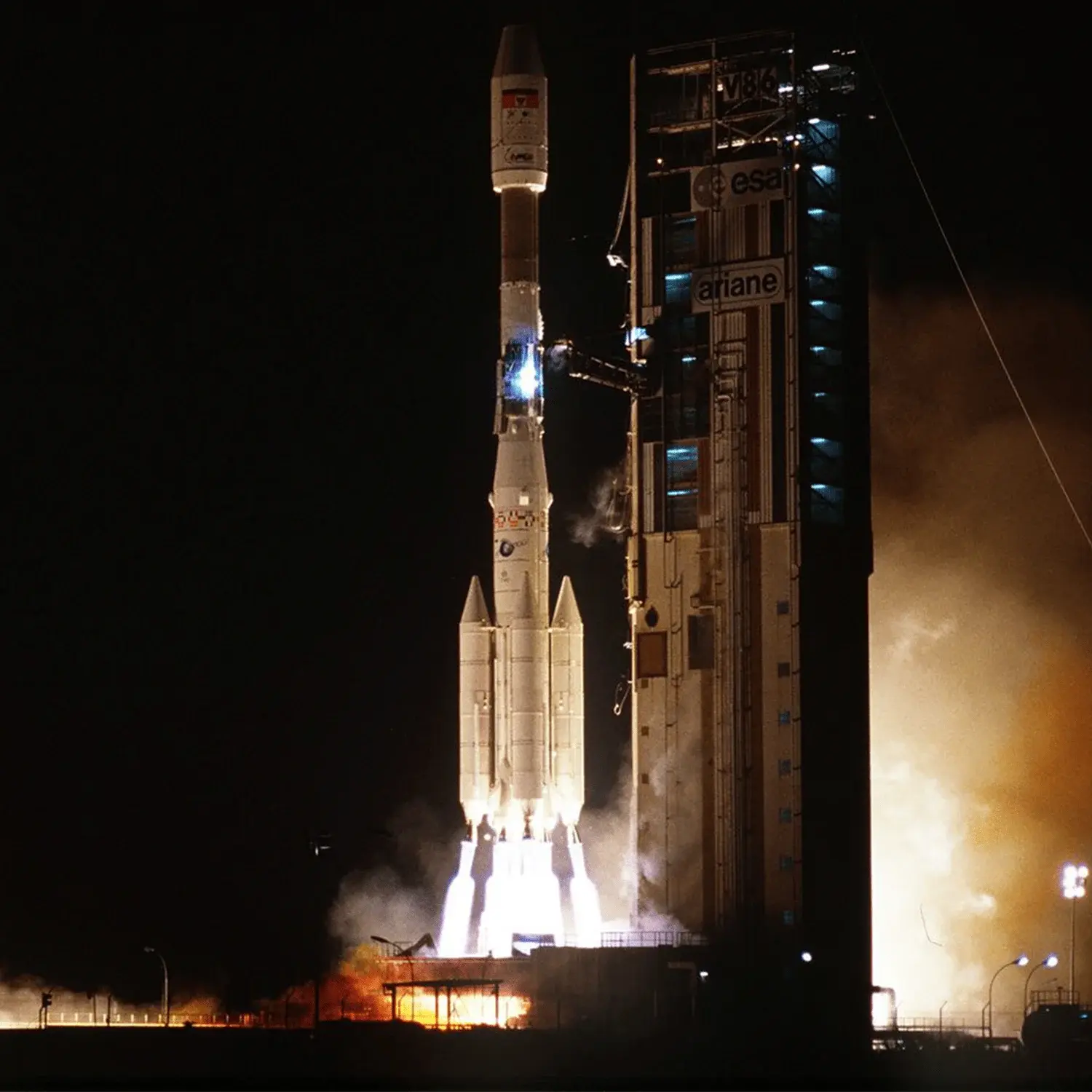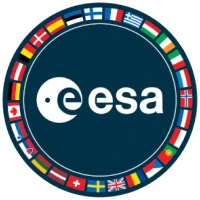Superbird-B1 & Arabsat-1C
Launch Success
Liftoff Time (GMT)
23:58:00
Wednesday February 26, 1992
Mission Details
Launch Notes
Flight V49.
Superbird-B1
Superbird-B1, sometimes identified as Superbird-1B, was a geostationary communications satellite designed and manufactured by Ford Aerospace (now SSL MDA) on the SSL 1300 platform. It was originally ordered by Space Communications Corporation (SCC), which later merged into the SKY Perfect JSAT Group. It had a mixed Ku band, Ka band, and X band payload and was rushed into launch to the 162°E longitude due to the launch failure of Superbird-B. It was ordered in 1985 along with Superbird-A, Superbird-B, and Superbird-A1 on the very first order of the SSL 1300 platform. It was also the second satellite of SCC in orbit and the fourth commercial satellite of Japan to enter operations. It was used for video distribution, news gathering, remote publishing, and high-definition TV service to the main islands of Japan and Okinawa.
Geostationary Transfer Orbit
1 Payload
2,560 kilograms
Arabsat-1C
INSAT-2DT, previously Arabsat-1C and also known as INSAT-2R, was a Saudi Arabian and subsequently Indian communications satellite that was operated initially by Arabsat, and then by the Indian National Satellite System. Launched in 1992 as Arabsat-1C, it was operated at 31° East longitude in geostationary orbit, from where it was used to provide communication services to the Arab States. It was constructed by Aérospatiale, based on the Spacebus 100 satellite bus, and carried two NATO E/F-band (IEEE S-band) and 25 NATO G/H-Band (IEEE C band) transponders. At launch, it had a mass of 1,170 kilograms (2,580 lb), and an expected operational lifespan of seven years.
Geostationary Transfer Orbit
1 Payload
1,360 kilograms
Rocket


Manufacturer
ESARocket
Diameter: 3.8m
Height: 58.72m
Payload to Orbit
GTO: 4,720 kg
Liftoff Thrust
6,000 Kilonewtons
Stages
3
Strap-ons
4
Launch Site
Stats
Ariane 4
21st
Mission
1st
Mission of 1992
European Space Agency
40th
Mission
1st
Mission of 1992
1992
11th
Orbital launch attempt